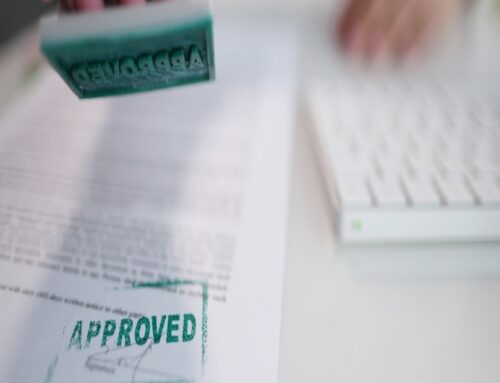
Water damage can occur unexpectedly from a burst pipe, severe weather, or another unforeseen issue. If your home or business is affected, it’s crucial to understand how water damage mitigation works and how insurance can assist you in covering the costs. The first step is addressing the situation quickly to prevent further damage. This guide will cover the basics of water damage mitigation claims, what’s covered by insurance, and how you can maximize your claim.
What Is Water Damage Mitigation?
Water damage mitigation refers to addressing water-related issues in your property, minimizing the damage, and preventing future harm. This can include stopping leaks, removing standing water, drying the area, and cleaning to prevent mold growth. Professionals often handle this process to ensure thorough remediation and proper documentation for insurance purposes. The sooner mitigation starts, the better, as delays can lead to higher costs and more extensive damage to the property.
What Does Insurance Cover in Water Damage Claims?
Most insurance policies include coverage for water damage, but what’s covered varies depending on the cause. Generally, your homeowner’s or business insurance will cover sudden and accidental water damage, such as burst pipes or a malfunctioning appliance. However, damages from flooding, a common exclusion, often require additional flood insurance. It’s essential to review your policy carefully to understand your coverage limits and any exclusions that might apply, particularly if you live in an area prone to flooding.
Filing a Water Damage Claim: What You Need to Know
Once the water damage mitigation is underway, the next step is to file a claim with your insurance company. To do this, you’ll need to document the damage thoroughly, including photographs, detailed descriptions, and receipts for mitigation services. The more information you can provide, the better, as this will help streamline the claims process. It’s also important to act quickly, as many policies have a time limit for filing claims. Your insurer may send an adjuster to assess the damage, and it’s critical to cooperate with them to ensure you receive the appropriate compensation.
How to Maximize Your Water Damage Claim
Consider getting multiple estimates for repairs and mitigation services to ensure you receive the most compensation possible. Sometimes, insurers may try to settle for a lower amount, but having estimates from different companies can help you negotiate for a fair settlement. Keep track of all expenses related to the damage, including temporary repairs, lodging (if necessary), and the restoration cost. Your insurance company can often reimburse these costs. If your insurer undervalues your claim, consider hiring a public adjuster to advocate.
Common Mistakes to Avoid During the Claims Process
While water damage claims can be straightforward, several mistakes can delay or reduce your payout. One common mistake is failing to act quickly. Delaying mitigation efforts or the claims process can lead to mold growth or further property damage, reducing your claim’s value. Another error is not thoroughly documenting the damage, leading to disputes with your insurer. Lastly, some homeowners assume their insurance will cover everything; however, there are exclusions and deductibles to be aware of. It’s important to review your policy in detail and, if needed, consult with an attorney to make sure you’re receiving what you’re owed.
Take the Next Step Toward Securing Your Water Damage Claim
If you’re dealing with water damage and need guidance through the insurance claim process, the Law Offices of Julia Sklar can help. We’ll work with you to ensure you receive the compensation you’re entitled to. Call us at (818) 904-1597 for a free consultation today!




